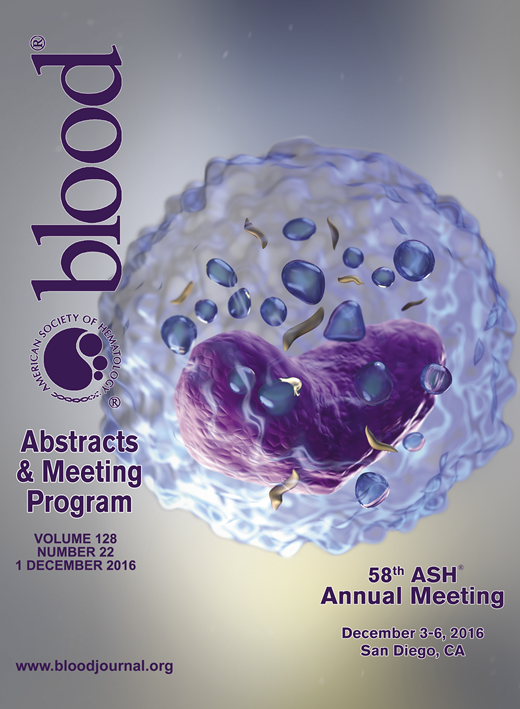Abstract
Background:
Minimal residual disease (MRD) based on quantitativeRT-PCR has become an important prognostic factor for leukemia. There are few cohort based studies to investigate prognostic factors for t(8;21) AML, especially after MRD is integrated.
Objectives:
To retrospectively investigatethe prognostic factors in t(8;21) AML when MRD is integrated.
Patients and Methods:
From August 2010 to January 2016, newly diagnosed adultpatients (15 to 55 years old) with AML were consecutively enrolled in a prospective trial(ChiCTR-TRC-10001202). Patients were assigned standard dose HAD (homoharringtonine,cytosine arabinosine(Ara-c), and daunorubicin) induction therapy or HAD containing intermediate dose Ara-c. All patients who achieved CR received either high dose or intermediate dose Ara-c. Allogeneic SCT was based on c-Kit mutation and patients' intention. Patients received 6 courses of consolidation therapy if they did not receive transplantation. MRD based on quantitative RT-PCR was performed after induction therapy and each consolidation therapy.
Results:
113 enrolled patients were t(8;21) AML (median age 33 years old).108 patients (95.6%) achieved CR. Six of them receivedallogeneicstem-cell transplantation in CR1.The median follow-up is 14.6(0.6-59.2) months. Three years relapse-free survival (RFS) and overall survival (OS) is 57.2% and 71.8%, respectively.
Analyses of prognostic factors were performed. In univariate analysis, high WBC count (cut-off value at 25X109/L) (P=0.007), c-Kit mutation (P=0.017), and MRD positive during therapy (P=0.001)were adverse prognostic factors for RFS. But Age (cut-off value at 45 years old) (P=0.957), gender (P=0.418), induction regimen (P=0.055), and consolidation regimen (P=0.311) were not prognostic factors for RFS. MRDpositive during therapy (P=0.004) was the only adverse prognostic factors for OS. High WBCcount (P=0.824), c-Kit mutation (P=0.052), Age (P=0.596), gender (P=0.714), induction regimen (P=0.222), and consolidation regimen (P=0.299) were not prognostic factors for OS. In multivariate analysis, WBC count and MRD were independent prognostic factors for RFS. And MRD was the only prognostic factors for OS.
MRD tests were performed in 83 patients after induction and during consolidation therapy. All of tests were positive in 37 (44.6%) patients. 46 (55.4%) patients achieved negative at least one of tests. The cumulative MRD negative was 3.6%, 15.7%, 34.9%, 39.8%, 47.0%, 50.6%, 55.4% after induction therapy, the first, the second, the third, the forth, the fifth, and the sixth consolidation therapy, respectively. Patients with negative MRD had better 3 years RFS (78.6% vs. 32.1%, P=0.001) and OS (85.3% vs. 55.2%, P=0.004) than patients with positive MRD.
C-Kit mutation analysis was performed in 105 patients. 27(25.7%) patients had c-Kit mutation and 78(74.3%) patients had wild type c-Kit. 3 years RFS in patients with wild type c-Kit is superior to that in patients with c-Kit mutation (57.5% vs. 35.8%, P=0.017). There was no statistically difference between wild type and mutated c-Kit in 3 years OS (73.6% vs. 42.4%, P=0.052). MRD became negative during consolidation therapy in 66.1% (39/59) patients with wild type c-Kit, which is significantly higher than patients with mutated c-Kit (27.8%, 5/18, P=0.004). But there was no significant difference in RFS or OS between MRD negative and positive in c-Kit mutated patients (P=0.847 for RFS, P=0.11 for OS).
To evaluate prognosis earlier, we analyzed MRD after induction therapy. MRD after induction therapy was performed in 76 patients. MRD decreased to ≤0.1%, >0.1% to≤1%, and >1% in 15 (19.7%), 45 (59.2%), and 31(40.8%) patients, respectively.Patients with MRD ≤1% after induction therapy had favorable 3 years RFS (75.4% vs. 29.7%, P=0.004) and OS (77.9% vs. 53.3%, P=0.013) compared with patients with MRD >1% after induction therapy.In multivariate analysis, in addition to c-Kit mutation and WBC count, MRD after induction therapy was still an independent prognostic factor for RFS. And MRD was the only prognostic factors for OS.
Conclusion:
MRD is an independentprognostic factor for OS and RFS for patients with t(8;21).
Acknowledgments:
This study was supported, in part, by State Key Program of National Natural Science of China (81430004), Foundation for Innovative Research Groups of the Natural Science Foundation of China (81421002)
No relevant conflicts of interest to declare.
Author notes
Asterisk with author names denotes non-ASH members.

